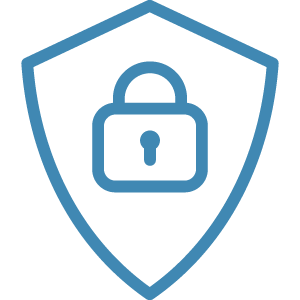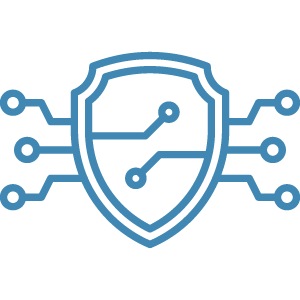You’re only as strong as your weakest link, right? When it comes to cybersecurity, that weak link may be associated with human behaviors. As humans, we are fallible by nature. The effect of human error on cybersecurity has been well documented through the years. For example, in 2020, researchers at Stanford University found that 88% of all data breaches are the result of human error. In 2022, the World Economic Forum released new data, showing human error affecting 95% of cybersecurity threats.
Given the increased focus on providing security training for employees, some may be surprised to learn that the rate of cybersecurity issues as a result of human error remains high. This does not mean that those efforts are wasted, but rather that more work needs to be done to help educate individuals and mitigate risk as a result of inherent human error. To that end, we have compiled three proven strategies to improve human risk management by building a security-savvy team.
Security awareness training
The more employees know about cybersecurity, the better they will be at spotting suspicious or malicious activity. It’s important to keep in mind that cybersecurity is not necessarily something they think about every day. So by increasing their exposure to cybersecurity threats and training them on the signs and signals to watch out for, you’ll continually bring the importance of cybersecurity to the forefront.
Your cybersecurity training should:
- Be offered every 4-6 months to ensure optimal retention
- Actively engage users in the training, offering an interactive component
- Include a method of measurement (e.g., quiz) to demonstrate learning
- Be personalized based on the user’s access rights
Phishing simulations
Phishing is one of the most common entry points for cybercriminals, making it a high risk area for businesses. To help mitigate this risk, many organizations implement phishing simulations. The message used in these simulations uses the same social engineering methods seen in real phishing attempts, including impersonating a person that the recipient knows, incorporating misspellings in the message or URLs, and creating a sense of urgency). Just like a real phishing message, the intent is to gain the recipient’s trust and manipulate them into taking action.
Unlike a real phishing attack, which would leave the organization vulnerable to a data breach, ransomware, or other malicious activity, a phishing simulation simply results in a failed test with no adverse consequences to the organization. In the event of a failed phishing test, the employee may be asked to complete additional cybersecurity training.
Policy management and best practices
Outside of specific training sessions and ongoing simulations, organizations should have documented cybersecurity policies in place. At a minimum, the cybersecurity policy should include guidelines for:
- Employee education
- Password management
- Device security
- Privacy settings
Additional policies and best practices should include information about email usage, file sharing, remote access, and steps for reporting a potential threat. Cybersecurity threats are not static; they are continually evolving – and as such, your cybersecurity policies should evolve as well. By documenting, managing, and enforcing cybersecurity policies and procedures, your team will be able to keep staff members well educated and trained to help keep the organization safe and secure.
Bonus Strategy: Partner with a Security Expert
Another critical component to your cybersecurity strategy is accepting help when needed. By partnering with security experts at GainSide, you’ll not only ensure you have a multi-layer security technology suite to enhance digital security, but you’ll also have a team of highly trained security professionals who will provide strategic guidance, unbiased recommendations, and proven strategies for success. You’ll gain unparalleled cybersecurity and much-needed peace of mind so you can focus on the details of your business that matter most.






